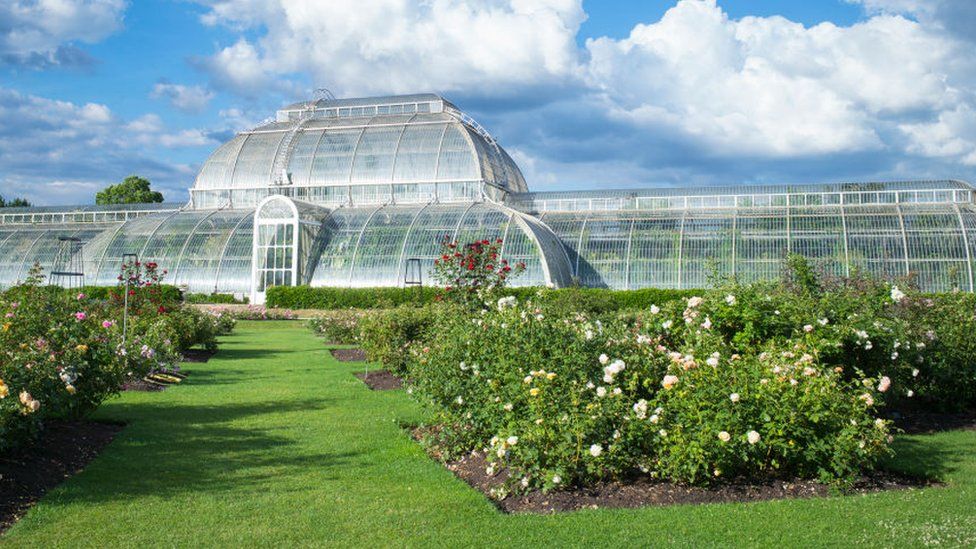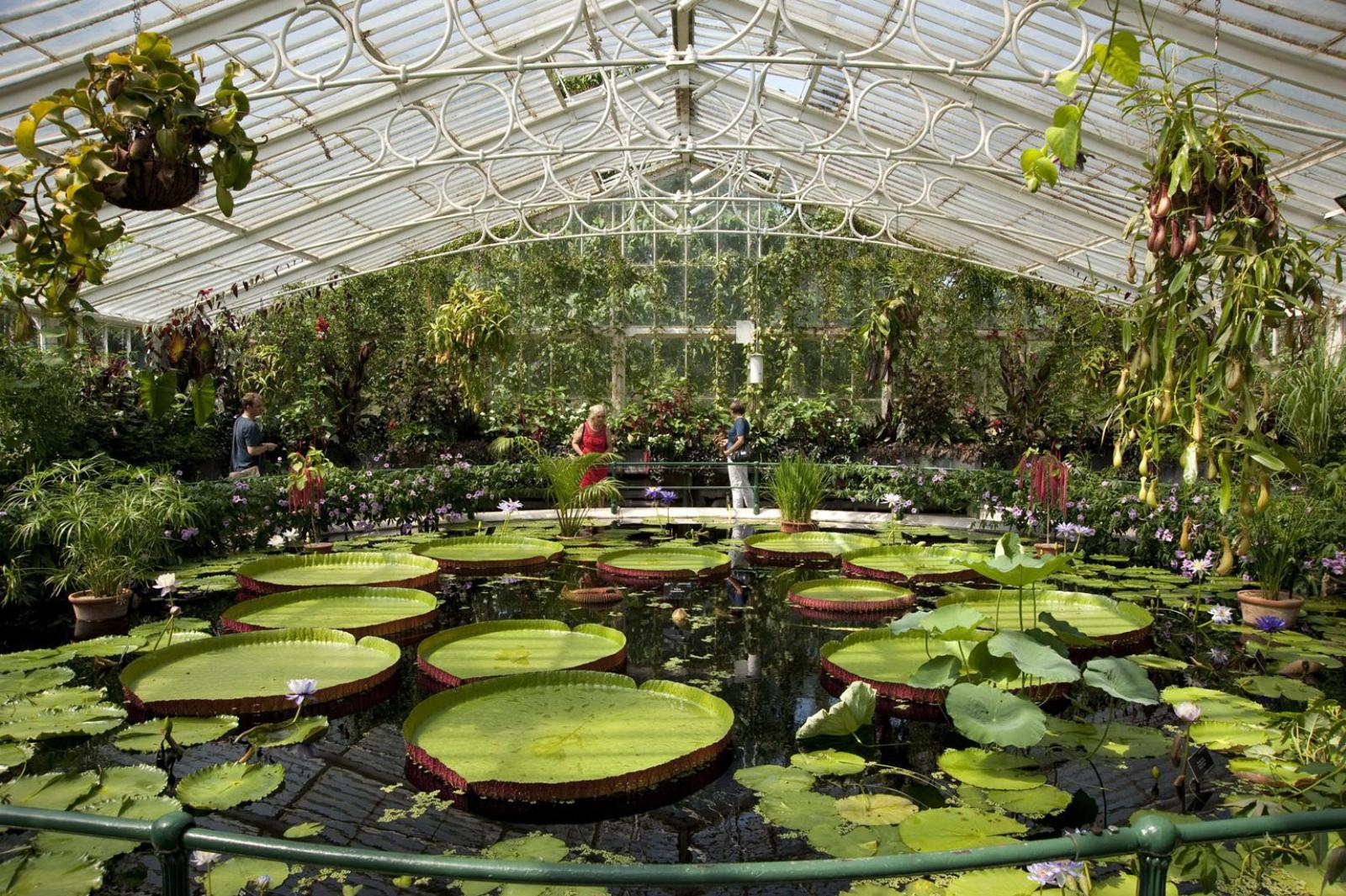
Nature’s discoveries: new species of plants and fungi from Kew Botanic Gardens
Last year, researchers from the Royal Botanic Gardens, Kew in London, introduced 75 previously unknown plant species and 15 fungi to the public, describing and naming them. These discoveries cover a wide range of biodiversity, including underground “forests” and graceful orchids.
Protecting new species: recommendations from scientists and the role of scientific names
Of the recent discoveries, some species have been found in the most amazing places, such as the tops of volcanoes or cliffs in Antarctica. Scientists are strongly recommending that many of these new species be listed as protected, as they may include one that is already on the brink of extinction. Almost three-quarters of the discovered but not yet explored plants are under threat of extinction.
The researchers emphasized that the new species, which were described in 2023, not only surprise with their beauty, but also remind us of the importance of preserving natural diversity in the context of a changing climate.
Dr Martin Cheek, senior scientist at the Botanic Garden, said giving the new species a scientific name is the first step towards protecting it and beginning to explore its potential use by humans.

Discovering the world’s beauty: Kew Botanic Gardens’ best finds for 2023
- Three new species of fungi have been discovered in Antarcticawhere vegetation is extremely sparse. However, lichens find a way to thrive on exposed rocks where they have access to green algae. According to Kew mycologist expert Dr Raquel Pino-Bodas, only a small proportion of all known fungi are able to adapt to different conditions on the planet. Mushrooms, along with plants and animals, constitute a separate kingdom in nature, occupying second place in diversity and distribution after insects. The expert emphasizes that new mushrooms can become a source of valuable substances that can be used in medicine and the food industry, helping to solve global problems of humanity.
- Orchid. At the summit of the extinct Nok volcano on Waigeo Island in Indonesia, scientists accidentally discovered a new species of orchid with bright red flowers. The researchers were actually looking for a blue orchid that was known to science but had not been seen for 80 years. As a result, their search was crowned with two discoveries: not only did they find the blue orchid they had been looking for for so long, but also a completely new species with red flowers. This discovery adds interest and mystery to the region’s vegetation, highlighting the importance of further research in this direction.
- A recently discovered species of palm tree on the island of Borneo in Southeast Asia was named Pinanga subterranea, or “underground pinanga.” It is important to note that although this species was not widely known, local tribes have long used its fruit for food. What makes this palm unique is its unusual method of propagation. The bright red flowers are pollinated underground, where the fruits then form and ripen. The seeds are spread by wild boars, which eat the fruits. Plants that grow and bloom underground are extremely rare in nature, which makes this type of palm particularly interesting for scientific study and biodiversity conservation.
- A plant believed to be carnivorous was discovered in Mozambique. Currently, scientists are faced with the mystery of a new plant discovered by botanist Bart Wursten in Mozambique during his field research. This plant, although similar to the carnivorous sundew of the sundew family, actually belongs to another group of plants – the clear-flowered plants, which includes, for example, mint plants. The mystery of this find lies in the fact that among the clear-flowered plants there are no carnivorous species.
- The new plant was named Crepidorhopalon droseroides, which translates to “sundew-like.” Its surface is covered with sticky glandular hairs similar to those used by sundews to catch and digest insects. However, more research is required to determine whether this plant is truly carnivorous.
What is currently known is that the plant attracts and traps insects, but it is unclear whether it uses them as a food source.
- Underground trees. It is currently known that the plant attracts and traps insects, but it is unclear whether it uses them as a food source. However, Dr. Chick is confident that within the next few years this new plant will be proven to be carnivorous. He’s willing to bet on this claim: “If this is confirmed, we will see a new example of the evolution of carnivorous plants,” he said.
- New orchid from Madagascar. The discovery of an orchid from the island of Madagascar, named Aeranthes bigibbum (genus of Erantes orchids), was a happy accident. This is a great example of how protecting one species can save another from extinction.
The discovery of this orchid was thanks to the botanist from the Royal Gardens of Kew, Johan Hermans, during long-term research on orchids in Madagascar. The plant was discovered in a small reserve created to protect a rare bird – the helmeted vanga. This sanctuary, managed by local residents, attracts tourists who are willing to pay for the chance to see the rare bird, providing income for the village and encouraging forest conservation.

Thanks to the helmeted vanga, the forest remained untouched, and the orchid was saved from extinction, remaining unknown to science. The Erantes orchid genus includes about 45 species, 40 of which are found primarily in Madagascar.
- Indigofera, named after the environmental scientist. Today, science knows 750 species of the extensive genus Indigofera from the Legume family (Indigofera). Of these, 80 have been described and given scientific names by Dr Brian Shrier, who is an Honorary Research Fellow at the Royal Botanic Gardens, Kew.
Last year alone, Dr Schrier described and named 18 new members of the genus native to South Africa, earning him the reputation of Kew’s most prolific botanist. One of the newly discovered species, Indigofera abbottii, was named after ecologist Anthony (Tony) Thomas Dixon Abbott.
However, the fate of this new species of indigofera is at risk, as it mainly grows in areas that may be subject to urbanization and other forms of human impact.